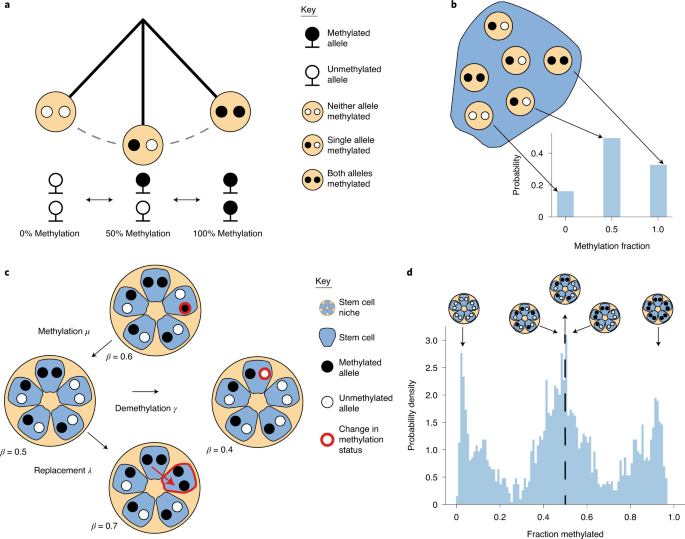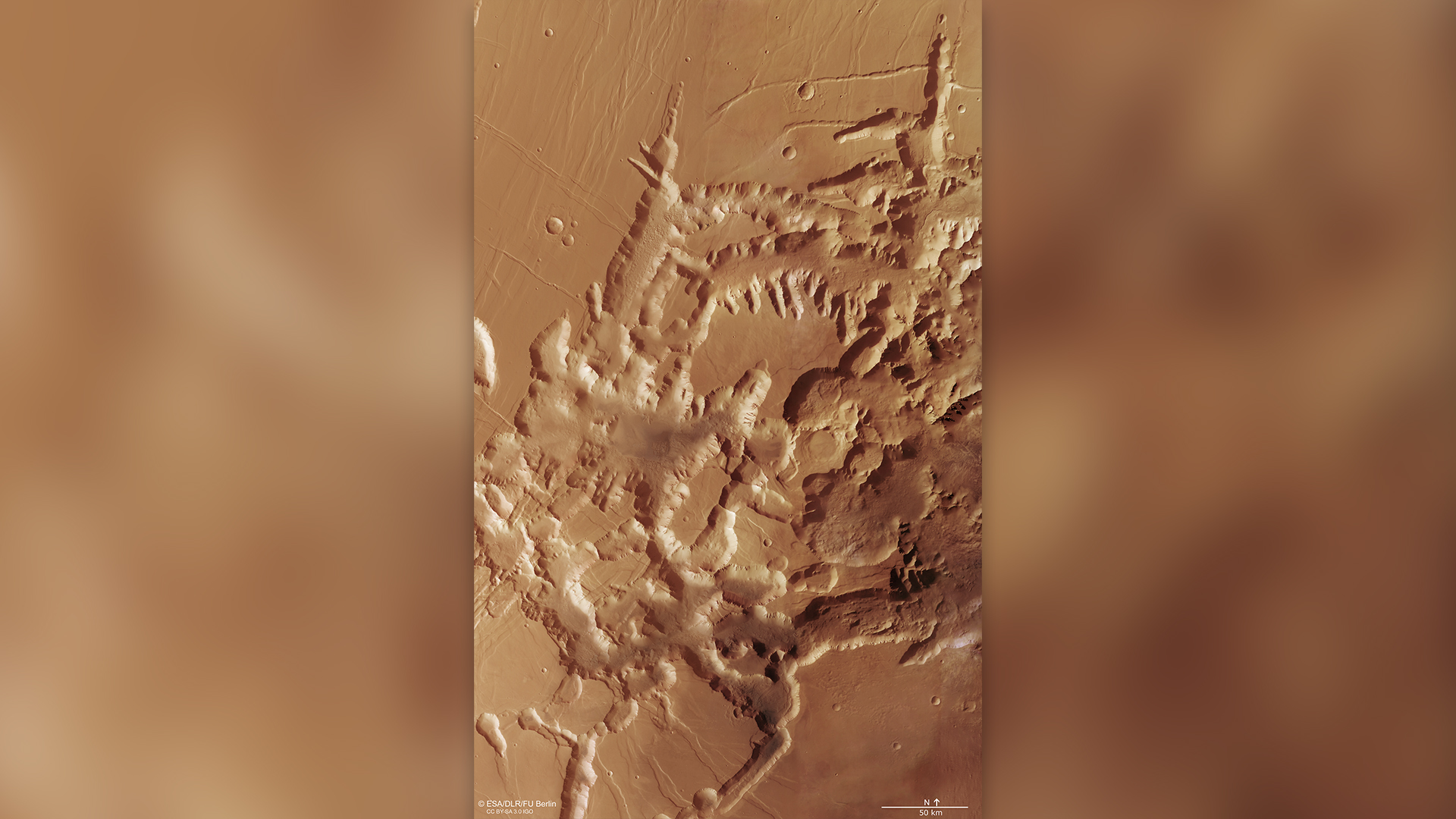With the Inflation Reduction Act being signed into law recently, US National Oceanic and Atmospheric Administration chief Rick Spinrad talked about how the legislation will help NOAA combat climate change.
“Communities across the nation are facing hurricanes, drought, wildfires, extreme heat and intense flooding, with ecosystems and wildlife threatened by habitat loss, sea level rise, warming waters and a host of other threats from a changing climate,” Spinrad said, adding:
“Over the next five years, the $3.3 billion for NOAA in the Inflation Reduction Act will support Americans — including vulnerable populations — to prepare, adapt and build resilience to weather and climate events; improve supercomputing capacity and research on weather, oceans and climate; strengthen NOAA’s hurricane hunter fleet; and replace aging NOAA facilities. This, in combination with funds NOAA received from Congress through the Bipartisan Infrastructure Law, will further strengthen NOAA’s efforts to build a Climate-Ready Nation.
“As an integral part of the U.S. Department of Commerce, NOAA’s weather and climate data, tools, analyses and predictions are used daily by citizens, community leaders, and businesses to make critical decisions. This Act’s significant investment in NOAA will allow us to address the growing demand for information and facilitate new products and services.”
Some of the money allocated in the legislation will be used in the following ways:
$50 million for NOAA to administer climate research grants to address climate challenges such as impacts of extreme events; water availability and quality; impacts of changing ocean conditions on marine life; improved greenhouse gas and ocean carbon monitoring; coastal resilience and sea level rise.This research will provide the science that Americans need to understand how, where, and when Earth’s conditions are changing.
$190 million for high performance computing capacity and research for weather, oceans and climate. This investment will enable NOAA to procure research supercomputing equipment used for weather and climate model development to improve drought, flood, and wildfire prediction, detection, and forecasting.
Note: This article have been indexed to our site. We do not claim legitimacy, ownership or copyright of any of the content above. To see the article at original source Click Here













